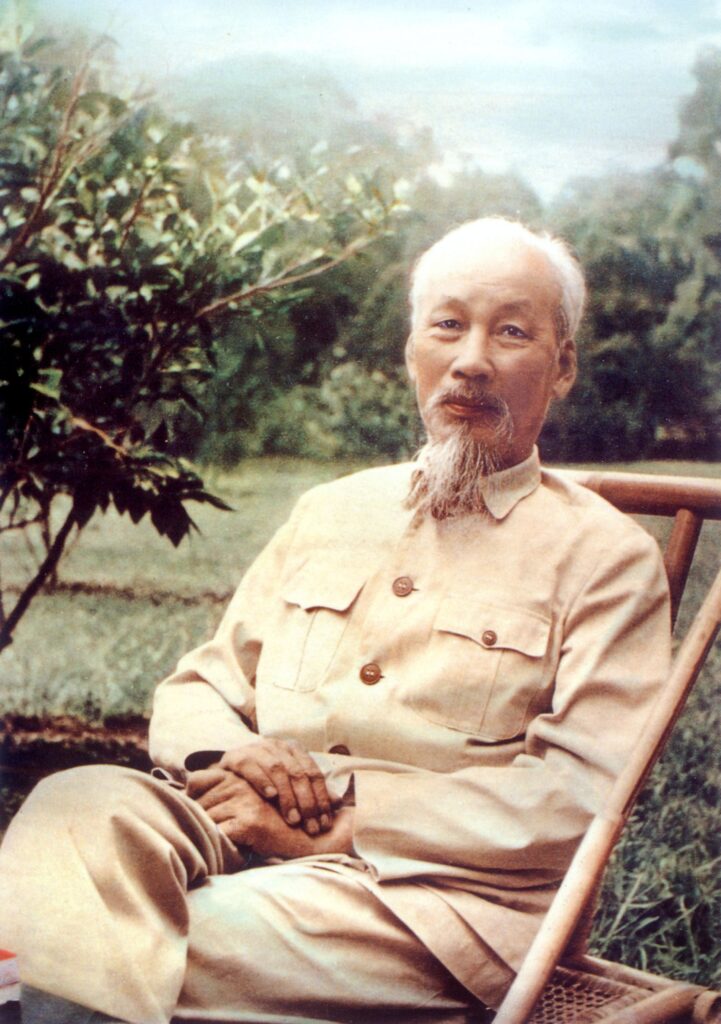In conclusion, Ho Chi Minh’s guerrilla warfare tactics during the Vietnam War were instrumental in the eventual victory of the communist forces in North Vietnam. Despite being outnumbered and outgunned, Ho Chi Minh’s strategic use of ambushes, tunnels, and hit-and-run attacks wore down the enemy and ultimately led to the reunification of North and South Vietnam under communist rule. The psychological impact of these tactics on the enemy forces cannot be overstated, as they constantly lived in fear of surprise attacks and ambushes. The Vietnam War serves as a testament to the power of guerrilla warfare tactics and the importance of adaptability in warfare.
The Vietnam War: Ho Chi Minh’s Guerrilla Warfare Tactics
The Vietnam War, which lasted from 1955 to 1975, was a conflict between North Vietnam, supported by its communist allies, and South Vietnam, supported by the United States and its allies. One of the key figures in the Vietnam War was Ho Chi Minh, the leader of the communist forces in North Vietnam. Ho Chi Minh’s guerrilla warfare tactics played a crucial role in the outcome of the war and had a significant impact on history.
Guerrilla Warfare Tactics
Ho Chi Minh and the communist forces in North Vietnam employed guerrilla warfare tactics throughout the Vietnam War. Guerrilla warfare is a form of irregular warfare in which a small group of combatants use unconventional tactics, such as ambushes, sabotage, and hit-and-run attacks, to fight against a larger and more conventional military force. Ho Chi Minh understood that his forces were vastly outnumbered and outgunned by the South Vietnamese and American forces, so he relied on guerrilla tactics to level the playing field.
One of the key aspects of guerrilla warfare is the element of surprise. Ho Chi Minh’s forces would launch surprise attacks on enemy bases, convoys, and patrols, causing confusion and disrupting the enemy’s supply lines. These hit-and-run attacks kept the enemy off-balance and made it difficult for them to mount a cohesive defense.
Another important tactic employed by Ho Chi Minh was the use of tunnels and underground networks. The Cu Chi tunnels, located near Saigon, were a complex network of underground tunnels that were used by the communist forces to move troops, supplies, and weapons without being detected by the enemy. These tunnels were essential for the survival and success of the guerrilla fighters, as they provided a safe haven from air and artillery attacks.
Impact on History
Ho Chi Minh’s guerrilla warfare tactics had a significant impact on the outcome of the Vietnam War and on history as a whole. Despite being vastly outnumbered and outgunned, the communist forces in North Vietnam were able to wear down the South Vietnamese and American forces through persistent and determined guerrilla attacks.
Ho Chi Minh’s tactics also had a psychological impact on the enemy. The constant threat of ambushes and attacks kept the South Vietnamese and American forces on edge and eroded their morale. The guerrilla fighters were able to exploit the enemy’s weaknesses and vulnerabilities, forcing them to adapt to a new style of warfare that they were ill-prepared for.
Ultimately, the guerrilla warfare tactics employed by Ho Chi Minh and the communist forces in North Vietnam were instrumental in the eventual victory of the North Vietnamese in 1975. The Vietnam War ended with the reunification of North and South Vietnam under communist rule, marking a significant turning point in the history of the region.
Conclusion
Ho Chi Minh’s guerrilla warfare tactics were a key factor in the outcome of the Vietnam War and had a lasting impact on history. By utilizing unconventional tactics and strategies, Ho Chi Minh and the communist forces in North Vietnam were able to overcome overwhelming odds and achieve victory against a more powerful enemy. The Vietnam War serves as a reminder of the power of guerrilla warfare and the importance of adaptability and innovation in the face of adversity.
